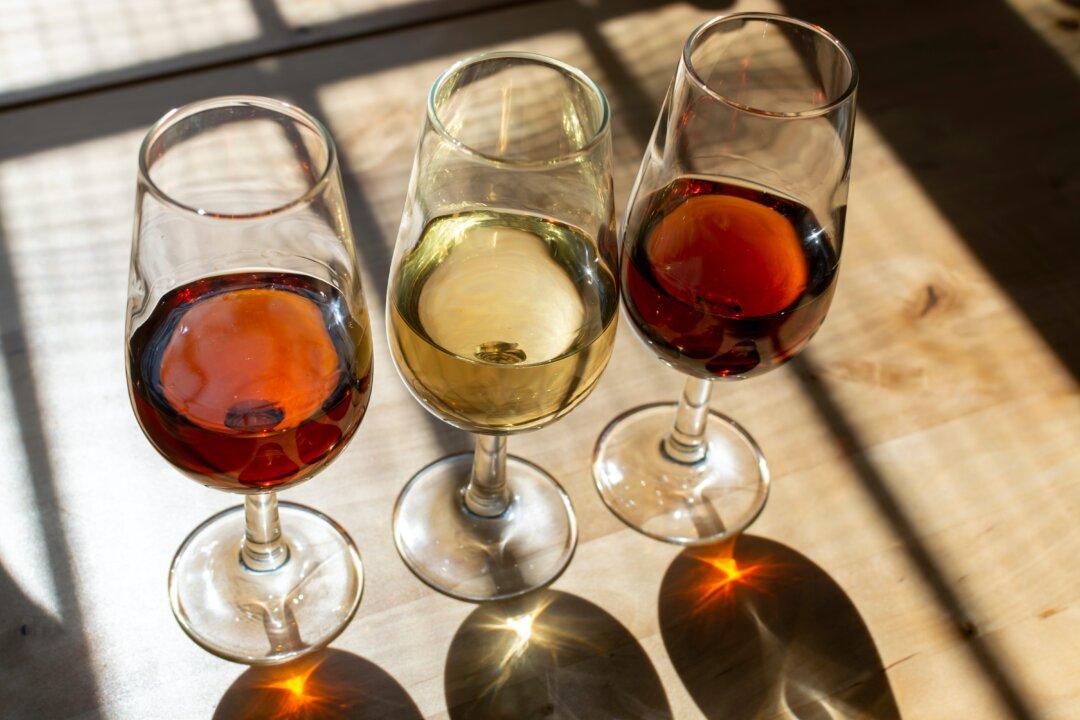For most people, wine is simple: They drink anything that pleases them.
But if you think of it as relating to the time of year, it can be linked to the four distinct seasons we all live through.

For most people, wine is simple: They drink anything that pleases them.
But if you think of it as relating to the time of year, it can be linked to the four distinct seasons we all live through.